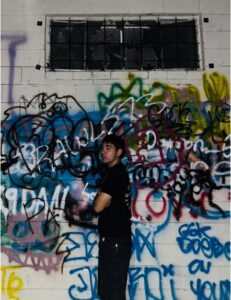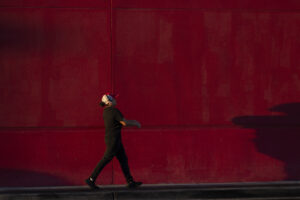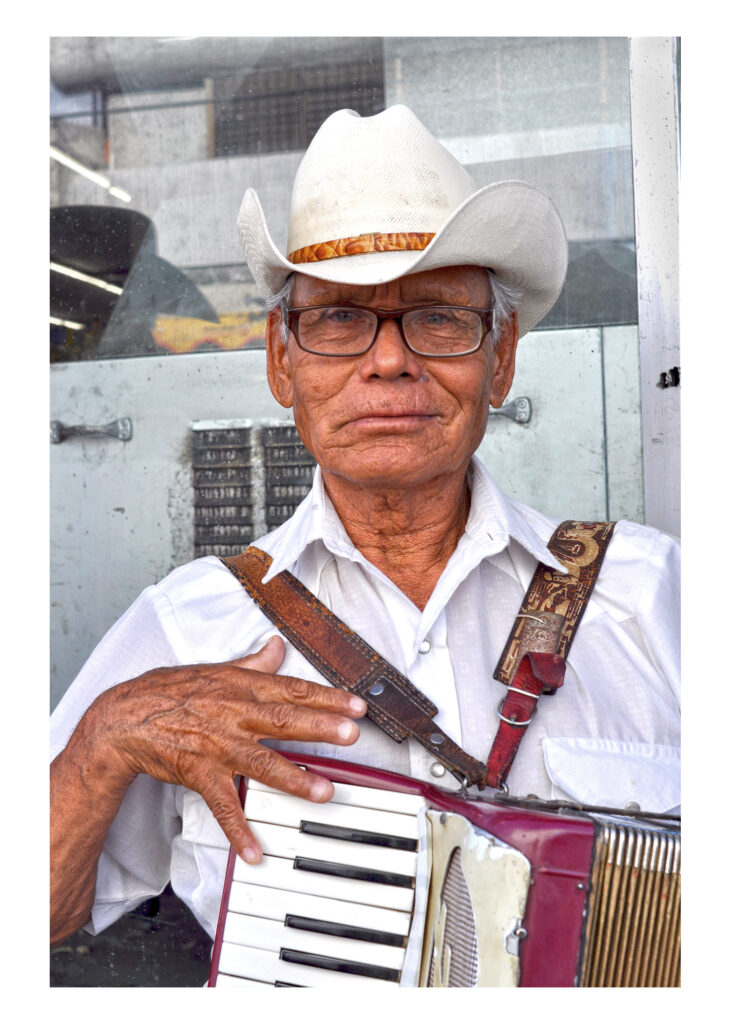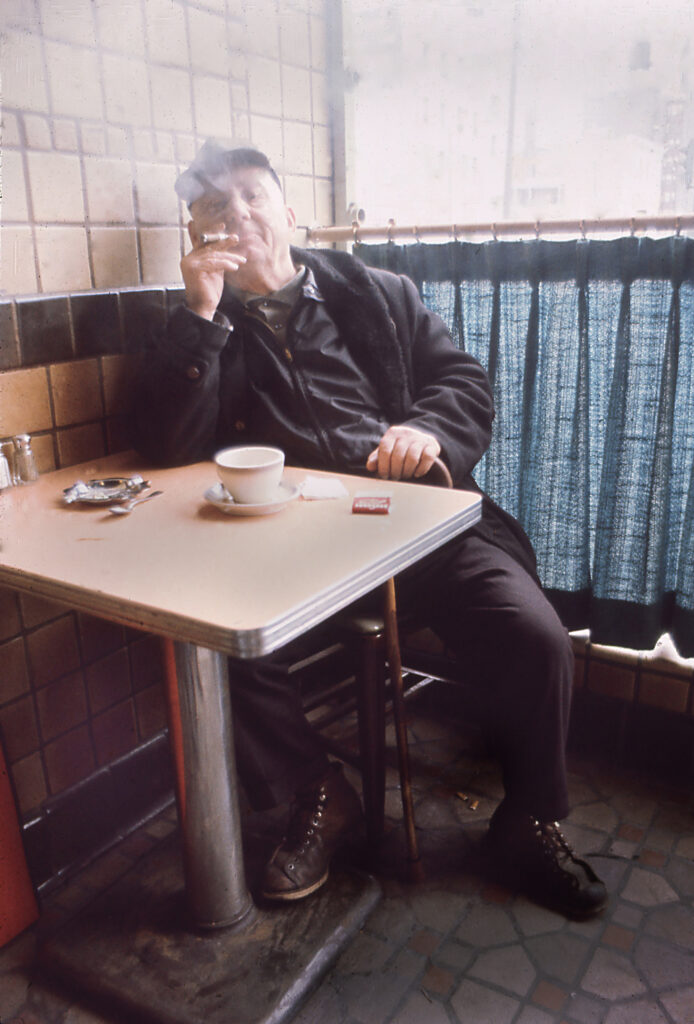The Changing of Society: A Photographer’s Journey
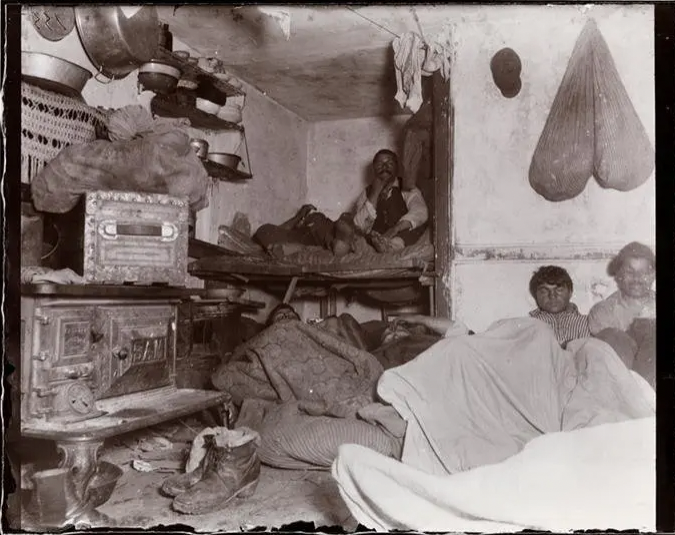
A famous landscape photographer and known environmentalist once stated, “You don’t take a photograph, you make it,” Ansel Adams. The power of photographs or images are astounding. An image (or photographs) can tell a thousand different stories and impact on how we feel or understand our surroundings. Photographers have since the early foundations of photography changed modern society. Photography is a conduit of information and stories. I have come to admire the various works of both photojournalist and documentary photographers with sharing incredible and powerful stories and imagery. With that, the following paper ponders an important question. What is documentary photography? The following essay with research and explain my own conclusion on how I define documentary photography.
Before I define what, I believe to be documentary photography, we need to analyze the history behind it. When conducting research, I found an article by the National Galleries of Scotland titled, “Documentary Photography”, that has provided some historical insight on earliest examples of where documentary photography begins. The article provides the following quotation from a passage that shares early examples. The article states as follows, “Some of the earliest examples of documentary photography can be seen in the work of British photographer Philip Delamotte, who recorded the disassembly of Crystal Palace in 1852 and the American Matthew Brady, who documented the American civil war in 1861,” (2022). The following article further explores pioneers in the world of photography in Scotland. Researching further, I found that several more photographers would help expand the intention and role of documentary photography. The following was a list of several more important documentary photographers in the late 19th to early 20th century.
- Jacob Riis (1849-1914)
- Lewis Hine (1874-1940)
- August Sander (1876-1964)
- Eugene Atget (1857-1927)
- Dorothea Lange (1895-1965)
- Robert Capa (1913-1954)
These were just a few mentioned pioneers that changed the world of photography and introduced the early concepts of documentary photography. What were their intentions with documentary photography? What are some of their major works and projects? The following questions will be answered in the next paragraph.
In the previous paragraph, I noted several well-known documentary photographers that changed the field of documentary photography. What were some of their major projects and achievements as photographers?
- Jacob Riis: Jacob Riis was an American newspaper reporter, social reformer, and photographer who, with his published works, shocked the conscience of his readers with the slum conditions many faced in urban sprawls of the late 19th and early 20th century. Some of his notable works were published in his book, “How the Other Half Lives” (1890). Some of notable works of urban life by Jacob Riis were as shared by the Britannica article titled, Jacob Riis: American journalist” (2022). The following are shared, “Among Riis’s other books were The Children of the Poor (1892), Out of Mulberry Street (1896), The Battle with the Slum (1901), and his autobiography, The Making of an American (1901).”
- Lewis Hine: Lewis Hine was a reporter, a social reformer, and a photographer. Lewis Hine has a long history of using photography to document the lives of children workers in the Deep South, the Red Cross in WW1, and the early years of the Great Depression. Hines works played a huge role to introducing several acts to help combat child labor and worker labor. Such committees National Child Labor Committee of 1911 and 1916. Some of his notable works include, Men at Work (1932), Breaker Boys Inside, Little Spinner in Carolina Cotton Mill.
- Dorothea Lange: Lange was a documentary photographer whose portraits of displaced farmers during the Great Depression greatly influenced the American public to support various public programs to address the depression. Lange would work with Roy Stryker’s Farm Security Administration historical unit to document farmer affected by the dust bowl and the economic depression of the 1930s. Some of her notable works include, Migrant Mother, Nipomo, California (1936), The Family of Man (1955), American Exodus: A Record of Human Erosion (1939).
- Documerica: a program that was sponsored by the United States Environmental Protection Agency to document subjects of environmental concerns during the 1970s. The photograph collection is up to 20,000 and are available at the National Archive and online.
The purpose of the mentioned photographers was to use their works to document and chronicle events and environments of different people. They wanted to highlight the untold stories of those who didn’t have a voice in modern society. They wanted to serve as a conduit to give the voiceless a voice.
The following essay as provided some context on the background and intentions of documentary photography. With that understanding how would I define documentary photography? I would define documentary photography as a medium to use photographs to record events and people. Documentary photography serves as a conduit to share stories and events through the power of imagery. I am excited to learn this semester to explore the world of documentary photography.
Famous projects/works
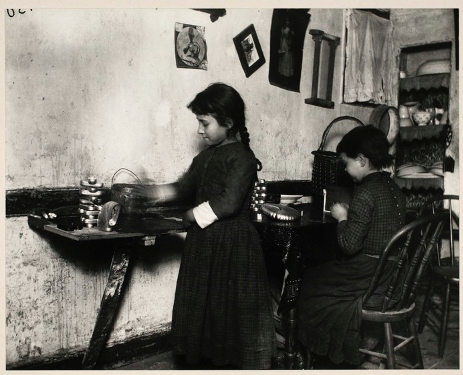
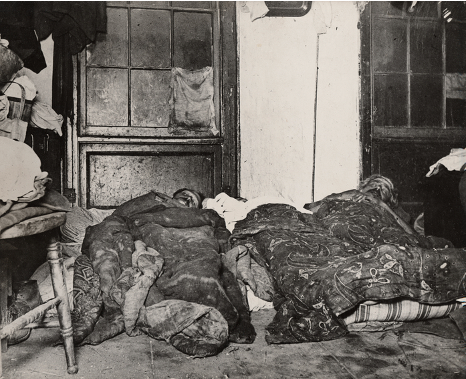
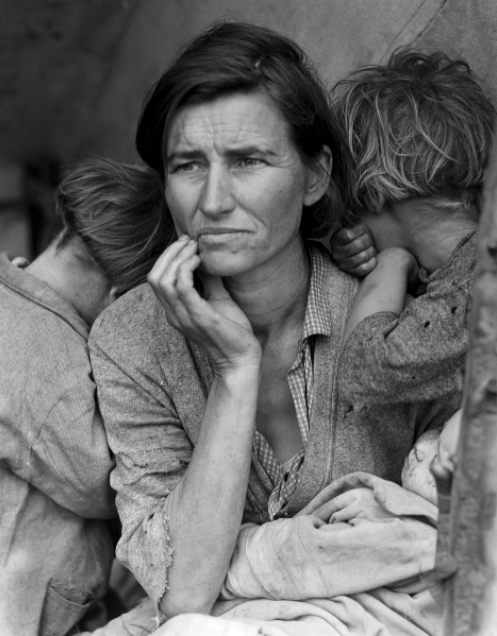
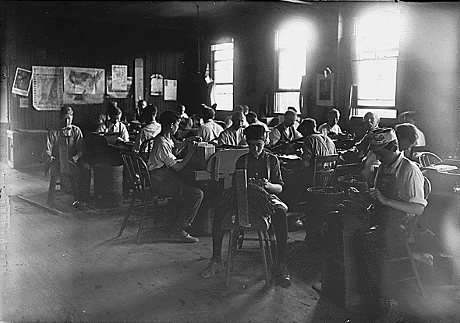
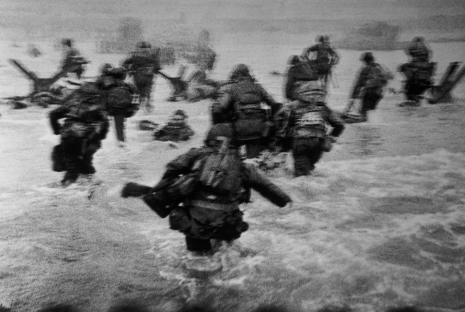
Sources:
National Galleries Scotland Editors. Documentary Photography. (2022). National Galleries Scotland. Retrieved from, https://www.nationalgalleries.org/art-and-artists/glossary-terms/documentary-photography
Britannica Editors. Jacob Riis: American journalist. (2022). Britannica. Retrieved from, https://www.britannica.com/biography/Jacob-Riis


